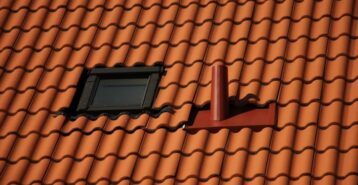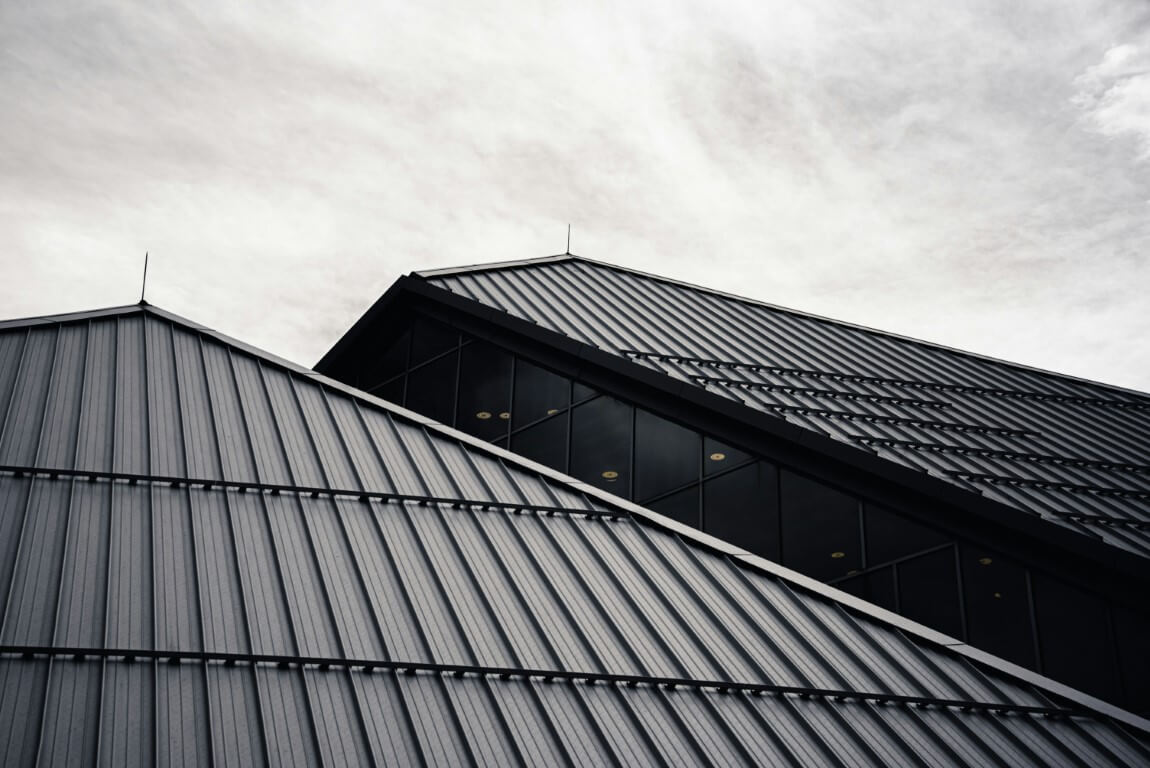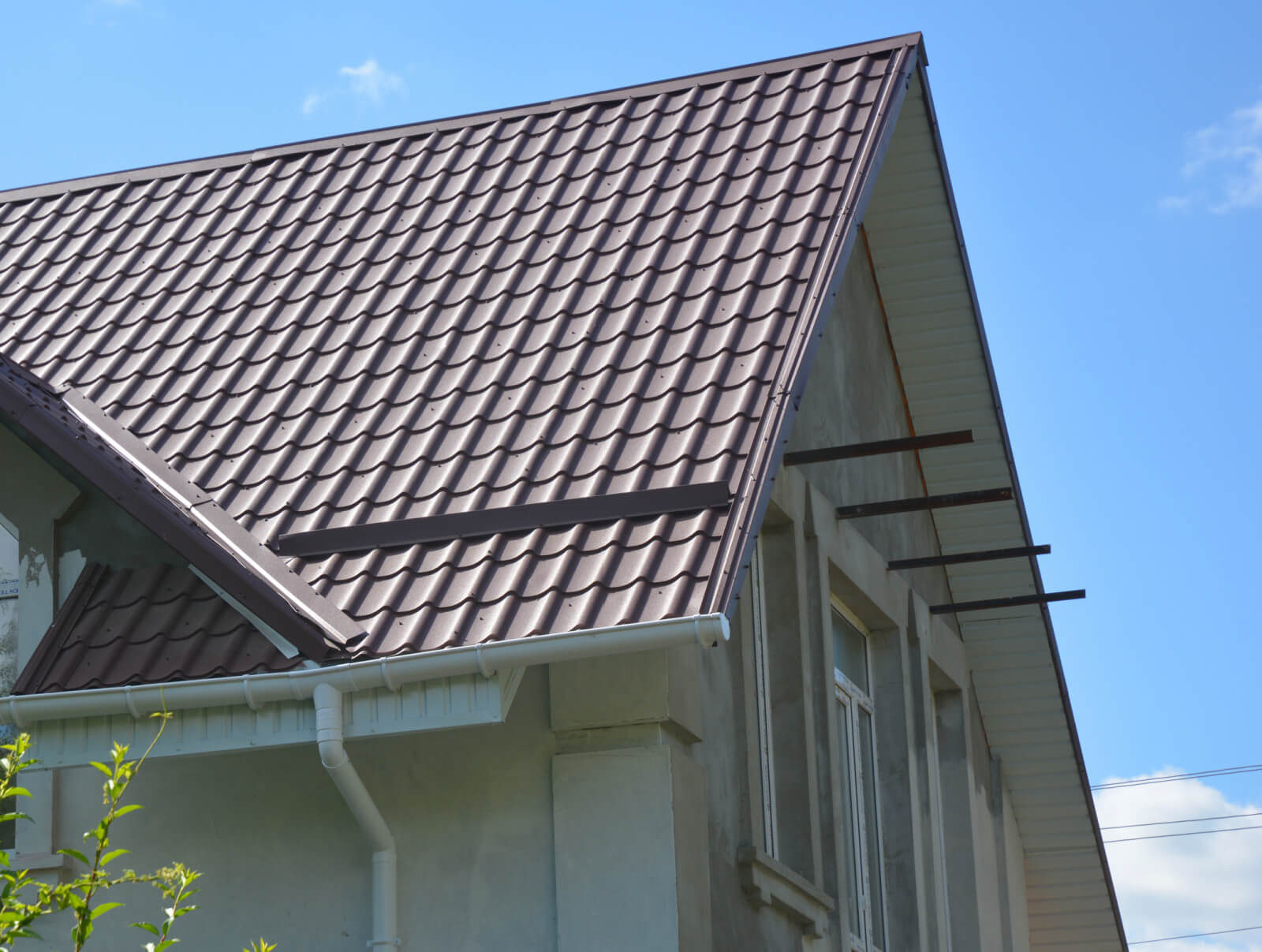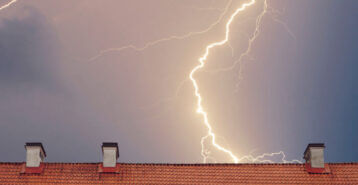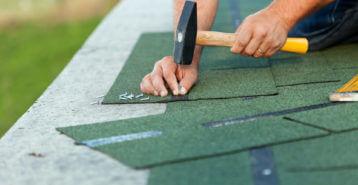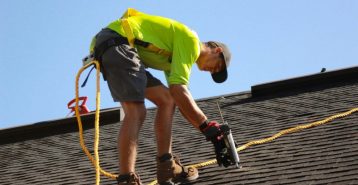Average Cost of Clay Roof Tiles
The average cost to install a clay tile roof in 2026 ranges from $11 to $22 per square foot, or $1,100 to $2,200 per roofing square (100 square feet). For a 2,000-square-foot roof, homeowners can expect to pay between $22,000 and $44,000, depending on the roof’s complexity, labor, and local pricing. Some styles or installation needs can drive the cost to $27 or more per square foot.
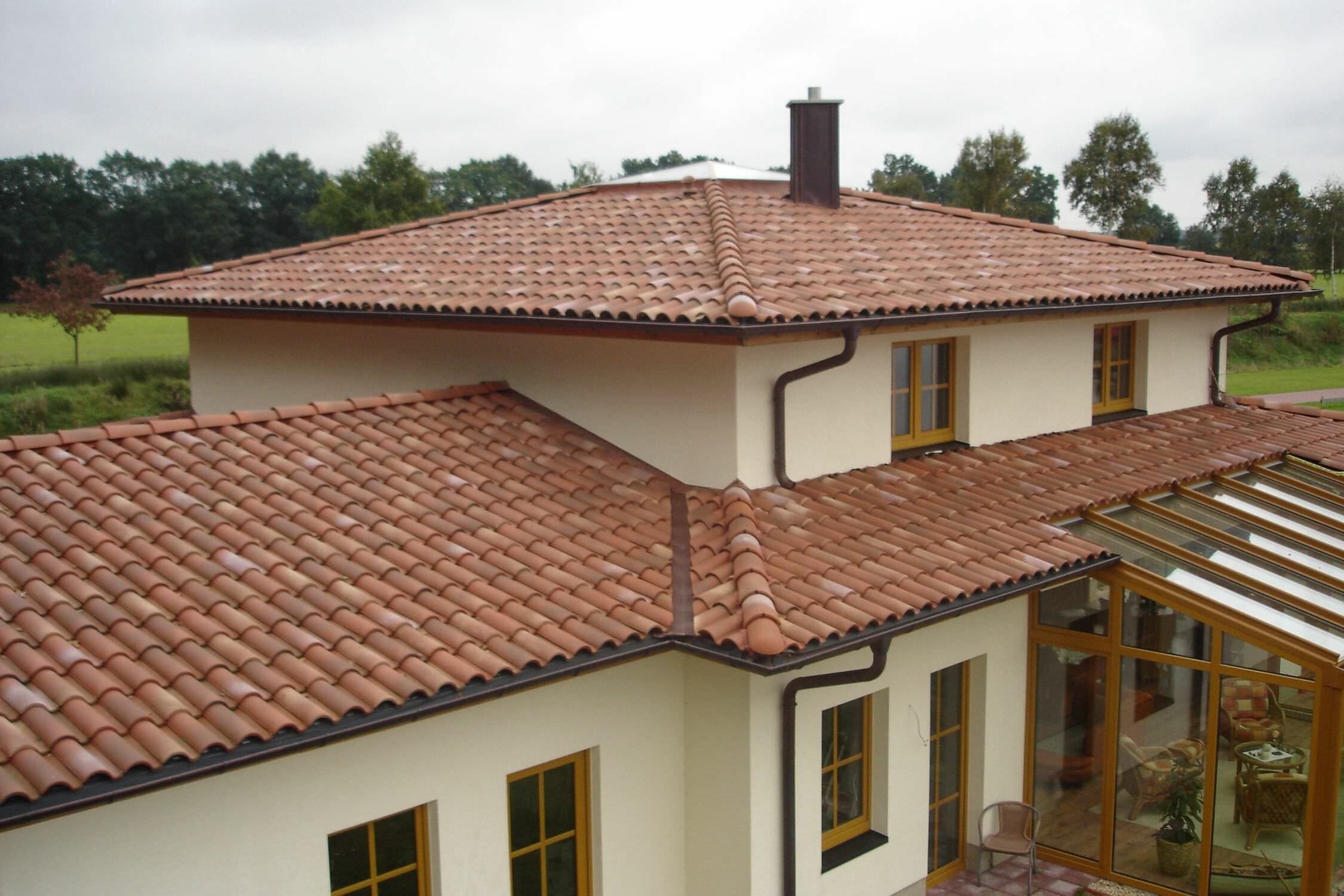
Clay Tile Roofs
Average Installation Cost $22,000 - $44,000
Cost Breakdown
- Materials 60.5%
- Labor 39.5%
Clay Tile Cost by Roof Size
Your roof’s size is one of the biggest factors in the total cost of installing clay tiles.
| Roof Size (Square Feet) | Average Total Installation Cost |
|---|---|
| 1,000 | $11,000 to $22,000 |
| 1,500 | $16,500 to $33,000 |
| 2,000 | $22,000 to $44,000 |
| 2,500 | $27,500 to $55,000 |
| 3,000 | $33,000 to $66,000 |
These are starting costs. Your contractor may charge more for removing the old roof. Extra materials like underlayment, drip edge, fascia, and gutters may also raise the total price.
Our Cost Calculator Tool can help you get a better estimate of how much a clay tile roof would cost.
Clay Tile Roof Cost by Style
When deciding on which style of clay roofing tiles you want installed, there are four main styles to choose from. Here’s what to know about each.
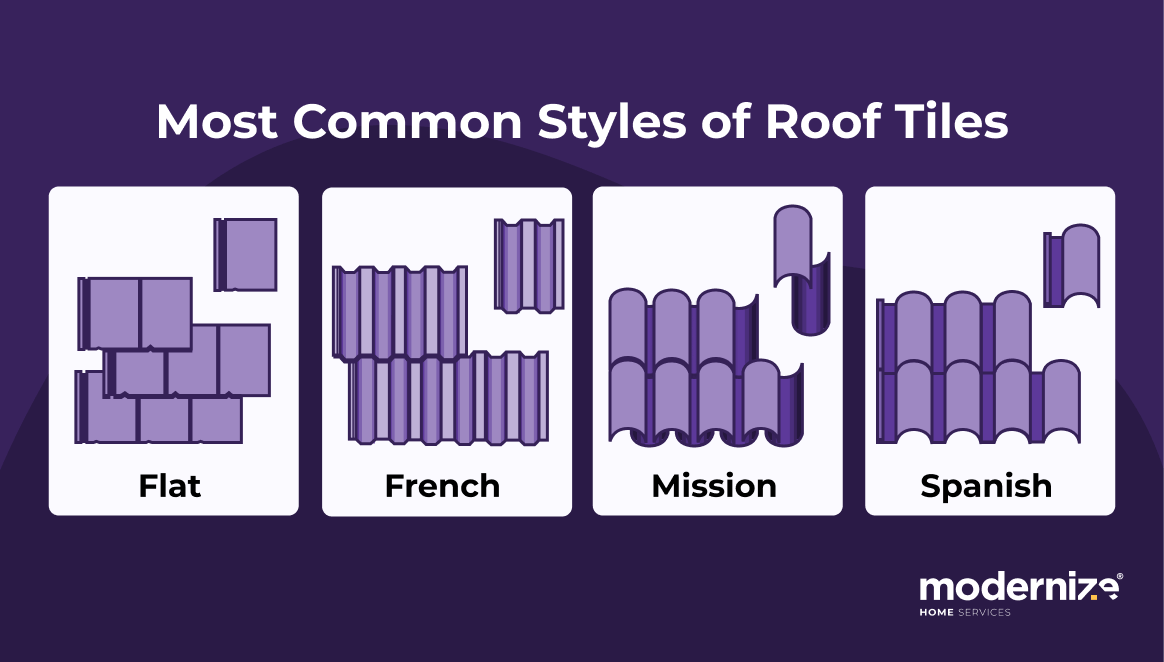
| Style | Average Installed Cost per Square Foot | Total Cost for 2,500 Sq. Ft. Roof |
|---|---|---|
| Mission | $14 to $20 | $35,000 to $50,000 |
| Interlocking | $11 to $13 | $27,500 to $32,500 |
| French | $15 to $22 | $37,500 to $55,000 |
| Spanish | $12 to $15 | $30,000 to $37,500 |
Mission Style Tiles
Also known as “double Roman” or “true barrel” tiles, Mission-style shingles have an “S” shape and curved profile. They offer a rustic look and work well with traditional homes. These tiles are harder to install, so labor costs are usually higher.
On average, expect to pay between $14 and $20 per square foot, or $35,000 to $50,000 for a 2,500-square-foot roof, to install Mission tiles.
Interlocking Tiles
Interlocking tiles have raised edges and channels that help them snap into place. They come in different looks, including flat, Spanish, and French styles. These are easier to install and tend to cost less.
On average, it costs $11 to $13 per square foot to install interlocking tiles, or $27,500 to $32,500 for a 2,500-square-foot roof.
French Style
Also called flat or Marseille tiles, these interlock on all four sides for added water resistance. They are flat or slightly curved and need expert installation, which can raise labor costs.
On average, French-style tiles cost $15 to $22 per square foot to install, or $37,500 to $55,000 for a 2,500-square-foot roof.
Spanish Style
Spanish clay tiles have a curved, semi-cylinder shape that gives your roof a bold, traditional look. They’re great in tough weather and drain water well. Proper installation is key for good performance.
Spanish tiles typically cost around $12 to $15 per square foot to install, or $30,000 to $37,500 for a 2,500-square-foot roof.
Should You Get a Clay Tile Roof?
Here are some factors to consider before installing a clay tile roof on your home.
- Weather Conditions. Clay tiles work best in dry or mild climates. They aren’t ideal for places with frequent heavy snowfall or freeze-thaw cycles, as this can cause them to crack.
- Roof Slope. If your roof has a slope under 18 degrees, clay tiles may not be the best choice due to water drainage and weight concerns.
- Weight. Clay tiles are heavy — more than double the weight of asphalt shingles. If your home hasn’t had a tile roof before, you may need a structural engineer to inspect it. Adding support could increase your project cost by thousands of dollars.
Other Factors to Consider
- Underlayment. Clay tiles last a long time, but the underlayment may need replacement every 20 years. Only let experienced professionals walk on your tile roof.
- Fastening. Clay tiles are either interlocking or overlapping. Interlocking styles snap together while overlapping ones must be nailed down. Talk with your contractor to make sure your system is installed the right way.
- Roof Maintenance. Inspect your roof regularly and replace any cracked tiles right away. Never use a pressure washer on clay tiles. Hire a pro who knows how to walk on tile roofs and can apply sealants or paint safely.
Finding Clay Tile Roof Installers
As you interview contractors, make sure the pro you choose has installed clay roof shingles before. If you already know the style you want, check if they have experience with it. Modernize can connect you with up to four local pros to help you get started.


